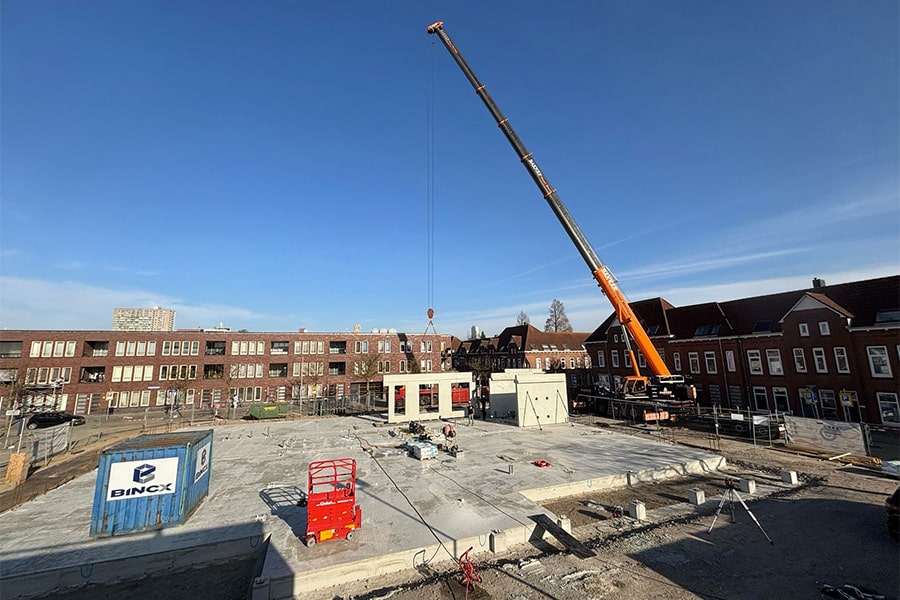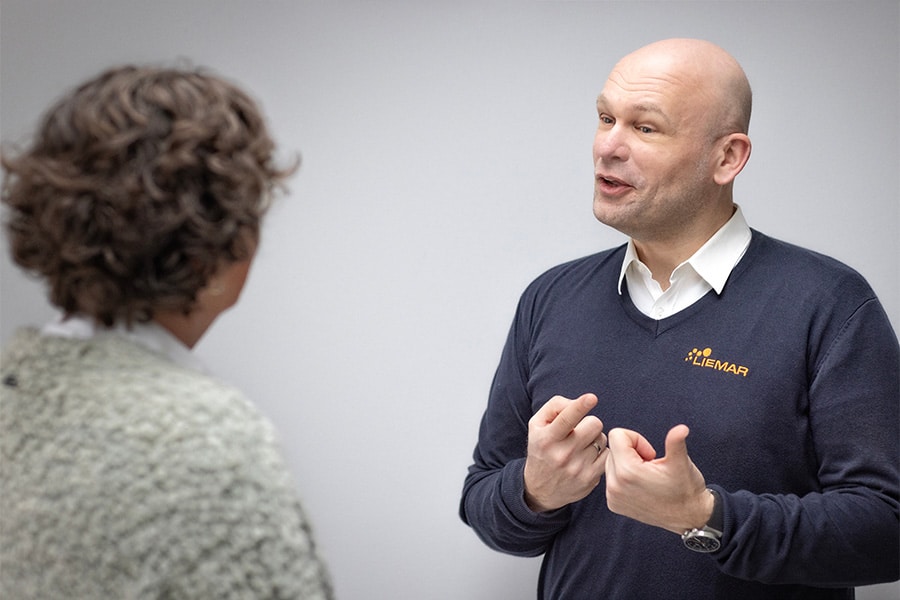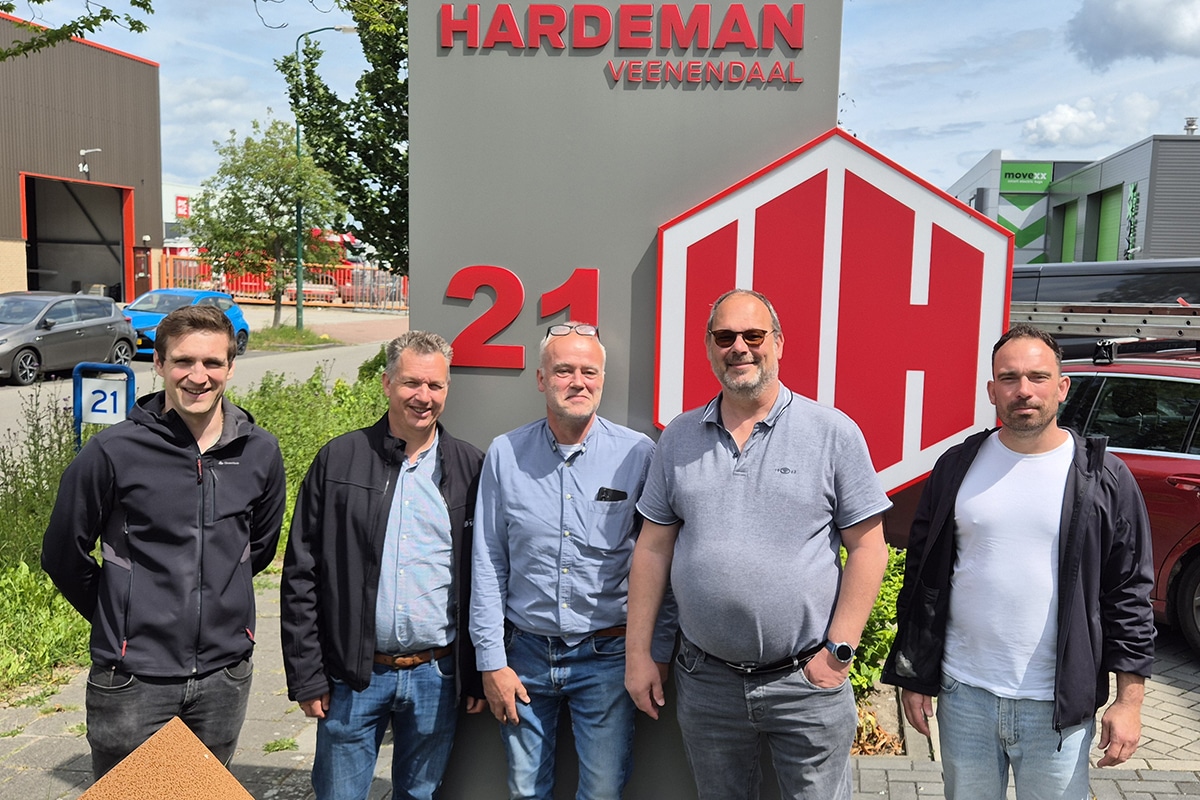
Concrete House Paving goes for durable and transparent concrete
In addition, the industry offers various solutions to the consequences of climate change, such as heat stress and flooding caused by more extreme showers. Transparency plays a major role in this: in a turbulent playing field, in which it is sometimes not yet entirely clear how the transition to a sustainable and circular economy can be made, producers who are members of trade association Betonhuis Bestrating do what they promise. They prove this, among other things, with the BRL K11002 'Generation of Environmental Profiles for Concrete Infra Products'. This BRL helps governments make green, responsible choices.
Being able to experiment more freely
The Netherlands faces a big task in terms of sustainability. "We can have a big impact as a sector," said Eric de Groot, CCO at BTE Netherlands, of which De Hamer Beton is a part. "Concrete paving products make up about 18 percent of the total share of concrete (including concrete mortar) produced in the Netherlands. The advantage for our industry is that we can take a little more risk than other concrete sectors. We do not have to take into account the structural safety of structures. That means we can experiment a little more freely. For example, with new concrete compositions. The lessons we learn from this can help the rest of the concrete industry in making concrete more sustainable."

Circular concrete
One of the efforts toward a circular economy is the use of recycled materials in concrete. "We assume the application of 15 percent secondary material in our concrete products," said Alfons van Woensel, director of APG Benelux, which Struyk Verwo Infra falls under. "A higher percentage of recycled material is possible, and we do if requested. But we prefer to supply products with 15 percent granulate across the board. That has to do with the availability of good quality granulate: there is not enough to put a higher percentage of granulate in all concrete products. Moreover, you have to be careful not to negate any sustainability gains by maximizing the amount of recycled material on another front. Indeed, in some cases, to achieve the required strength, more cement is needed. You have to be transparent about that."
Less or no cement
Work is also underway within the industry to reduce the cement content in concrete products, responsible for most of the CO2-emissions in the production of concrete. "Applying less cement or a different type of cement is not new," said Jan Dirk Staman general manager of V.d. Bosch Concrete. "We have been doing that since the 1980s. Moreover, compared to other countries, the Netherlands is doing well: instead of Portland cement, a lot of blast furnace slag is used here. That saves in CO2-emissions. In addition to reducing the proportion of cement, we are also looking at other binders, such as geopolymer." MBI is coming up with another solution to reduce cement use. "Thanks to the CEMsaver, we need to use less cement," said Marcel Bettonvil, director of MBI. "When making concrete, you always have cement that doesn't react. By using a sustainable tool, we can use 30 percent less cement in our concrete bricks. That leads to a CO2-decrease to 35 percent."

Transparent concrete
"Governments are looking for products with lower EQI values and are therefore willing to give new products a chance. However, the drive for sustainability also brings threats to the sector," De Groot observes. "Governments want to procure sustainably, but sometimes there is a lack of knowledge. Clients sometimes come up with requirements that are practically impossible for us to implement. It is up to us as a sector to tell our story, to show what we are doing. That's what we mean by transparent concrete. After all, we have already come a long way."
BRL K11002
The sector has agreed on the proportion of circular material in their products, laid down in the Assessment Guideline BRL K11002 'Generation of Environmental Profiles for Concrete Infra Products'. "This provides clients in the GWW sector with a practical, uniform assessment. The BRL K11002 was developed by Kiwa together with the industry association of manufacturers of concrete paving materials and tests whether manufacturers manufacture their products in accordance with required environmental profiles. This assessment guideline tests matters such as the nature and origin of raw materials, mixture compositions, use of secondary raw materials, data on energy consumption, qualified personnel, validated software tools and conformity with (inter-)national standards and regulations. The sustainability declaration issued to the producer leads to guaranteed environmental profiles for the products described."

The street of the future
Concrete is often not seen as one of the most innovative materials. Yet there are all kinds of initiatives within the industry to find the best solution to various issues. Not only in terms of sustainability and the environment, but also in other areas, such as climate change. The industry likes to think along with its customers and does everything in its power to respond to market demands. Transparency is important for the industry. "We want to tell our story and show that we do what we promise."



